Dear frens! 👋
I'm genuinely moved that some of you decided to support Learner Mindset financially. Special thanks to those who reached out, like this reader who wrote:
I really want to support you because the ideas I found in your learner mindset substack are really valuable and actionable. It's a true gem.
Messages like this mean the world to me 💚. Quick note though – I want to keep this content accessible for everybody and don't plan to introduce any paid content in the near future. Your support is a gift that helps me create better content for all of us.
Now, let's dive into today's story...
This is a story about searching for non-linear approaches to doing, improving, and being.
I wasted hundreds of hours without meaningfully progressing with the Learner Mindset project. Just before starting the Learner Mindset project, I believed I could discover the perfect combination of meaning, skills, and value that would become my ‘new thing.’ Call it ikigai, octogai, one's true calling – whatever resonates. I was convinced it was simply a matter of imagination and staying true to my vision. The hubris in this approach took time to recognize. Reality, I learned, doesn't conform to our assumptions.
When launching Learner Mindset 2 years ago, I approached this 'project' with my existing cognitive and behavioral tools. What did I have at my disposal? A collection of preconceived notions, operating both visibly and behind the scenes. Behind the scenes lurked a fear of failure and an awareness of my uncertainty. On the surface manifested massive tendencies to over-think, over-plan, and over-deliver. Notice the pattern? A lot of 'OVER-doing'.
The need for a different approach
This tendency to over-do isn't unique to me – it's common among creators, especially at the beginning. The desire for success is natural, but it comes with a catch. Oftentimes you want this new thing to succeed so desperately that you grip it too tightly, squeezing it into confusion. Combine this self-imposed confusion with the inherently non-linear nature of creative work, and you quickly become lost in the thicket. You get tangled in excessive details and options. The expanded context overwhelms and confuses. Even the strongest minds eventually buckle under the complexity they've invited into their world. I found myself overwhelmed and searching for an escape.
Knowing comes second
Time revealed a crucial truth: you can't predetermine your destination on the path to meaning and success. More importantly, you can't precisely envision your true path beforehand. This insight renders traditional ikigai exercises somewhat futile. The ikigai diagram becomes relevant after finding balance, not before. Knowing follows doing. You can't think your way into ikigai, just as you can't improve yourself into something you're not. If it were that simple, you could just 'think yourself into it' instantly. But you can't. Why? Because your future self doesn't exist yet to guide you. The caterpillar cannot conceive of becoming a butterfly – it knows only its current world and concepts.
The paradox of self-improvement
The journey of self-discovery or finding your unique niche pulls you in countless directions. As a mind-centric being, you might believe you possess all the necessary information. At some level, you do – but it's not the information that truly matters. This mirrors the self-help paradox we observe around us, what I call the paradox of self-improvement. The fundamental contradiction: the self needing improvement is the same self attempting to do the improving. Consider the inherent absurdity of this situation. Yet we live expecting our egos can improve us.
I feel obliged to mention one last thing on the topic of guidance. While our exact future self doesn't exist yet, we do have a present capacity for growth and direction. Think of it like a compass rather than a GPS. A GPS shows you the exact route to a known destination, but a compass simply points toward magnetic north, helping you orient yourself while leaving the specific path open. What guides us might be better understood as our present values, intuitions, and aspirations – what philosophers sometimes call our ‘intentional stance’ toward the future. It's not the fully-formed future self pulling us forward, but rather our current self's capacity to sense direction and meaning.
In order to become what one is supposed to become or find our niche(s) – we need to stop relying so heavily on information and focus instead on transformation. How should we proceed, knowing we have no capacity to ‘think us into’ the thing we are supposed to become? And on top of that, how should we face the inherent uncertainty of life?
Complexity theory
In a world obsessed with linear solutions and perfect plans, complexity theory offers a refreshing perspective. Specifically, its sensemaking branch acknowledges something we all intuitively know but often forget – reality is messy, diverse, and inherently uncertain. Rather than fighting this truth, sensemaking embraces it.
What makes this approach particularly valuable is its practicality. Instead of asking ‘How can we eliminate uncertainty?’ (an impossible task), it asks ‘How can we make sense of our complex world enough to take meaningful action?’ This shift in question changes everything. It moves us from paralysis to possibility.
Complexity theory teaches us three crucial lessons:
Uncertainty isn't a bug in the system – it's a feature. The sooner we accept this, the sooner we can work with it rather than against it.
Making sense of our environment doesn't require complete understanding. We just need enough clarity to take the next step.
The best way to understand a complex system is to interact with it through small, safe experiments.
This is where my concept of the Balanced Learning and Exploration in Uncertainty (BLEU) mode comes in. It's a practical application of complexity theory's insights, striking that crucial balance between structure and heart, between rigor and playfulness. It’s about finding the sweet spot – not so rigid that you break when reality surprises you, not so loose that you make no progress.
BLEU provides the structure we need without the rigidity that breaks us. It's about maintaining enough order to move forward while staying flexible enough to adapt. It's the difference between trying to control the ocean's waves (impossible) and learning to surf them (challenging but doable).
The best thing is – you already know how to operate in this mode. In fact, you've been doing it successfully in various areas of your life without even realizing it.
Learning to ride a bike
Remember learning to ride a bike? You didn't read a manual about physics and balance – you got on, fell a few times, adjusted your approach, and eventually found what worked. That's essentially what BLEU is – a fancy name for something we all naturally do when facing uncertainty.
When you learned to ride a bike, you were unconsciously using the Probe-Sense-Respond pattern. Let me break this down in simple terms.
You would probe by trying something (like pushing off with both feet), sense the results (maybe you wobbled too much), and respond by adjusting your approach (keeping your arms steadier). Each attempt was a small, safe-to-fail experiment.
This natural learning process mirrors how we should approach any complex challenge. In complexity theory, we call this Probe-Sense-Respond:
The beauty of this approach is that it doesn't require you to have all the answers upfront. Just like learning to ride a bike, you discover what works through direct experience. You set flexible boundaries (like practicing in an empty parking lot), try things out (your probes), and gradually develop a feel for balance (your attractor pattern).
The key is recognizing when something beneficial emerges – like finally finding that sweet spot of balance on the bike – and then amplifying it. When something doesn't work – like leaning too far to one side – you naturally dampen that behavior. You're not creating the perfect cycling technique from scratch; you're discovering it through interaction with reality.
How to apply the BLEU approach
Let me show you how BLEU works in the real world. If you're anything like me – impatient and eager to make progress – you'll want to run multiple experiments simultaneously. That's good! The key is to make these experiments small enough to be safe-to-fail, but significant enough to learn from.
Snapshot
Here's a snapshot of my current experiments to give you a concrete example of how this works:
Workstreams
I'm currently running five main streams of work, each at different stages of the Probe-Sense-Respond cycle. For the ‘Explorers’ stream, I'm testing a Domain Synthesis Course. The tagline? ‘Helping curious people create breakthrough ideas by integrating their diverse interests.’ This is in the Probe stage – I'm testing the concept's desirability with a soon-to-launch landing page.
Another stream, ‘Creators,’ has multiple experiments running. One that's showing promise is the Personal Style System for Creators. This project has already completed one Probe-Sense-Respond cycle and landed its first client! That's exactly what we're looking for – a beneficial pattern emerging from our experiments. When you spot something working like this, that's your cue to amplify it. In this case, I'm preparing a dedicated landing page to give this experiment more energy.
Phases
Not all experiments will be at the same stage, and that's perfectly fine. Some of my projects, like the AI Strategy Discovery Audits, are just entering the Probe phase. Others, like my webinars on ‘Improving the efficiency of Learning on the Job,’ are in the Sense phase – I've sent out one offer and need to send at least nine more to gather meaningful data.
The key to making BLEU work is to:
Start small but start somewhere
Run multiple experiments simultaneously
Pay attention to what emerges
Amplify what works, dampen what doesn't
Keep your experiments safe-to-fail
Remember that you're not trying to perfectly plan everything upfront. Instead, you're creating conditions for beneficial patterns to emerge naturally. When something shows promise – like my Personal Style System landing its first client – that's when you pour more energy into it. When something isn't resonating, you either adjust your approach or gracefully let it go.
This might seem messy compared to traditional goal-setting approaches, but that's exactly the point. You're working with complexity rather than against it. Instead of forcing a predetermined path, you're discovering your path through active exploration and adaptation.
The beauty of BLEU is that it transforms the paralyzing question of ‘What should I do with my life?’ into the more manageable ‘What small experiment can I try next?’ It's about progress through probing rather than perfection through planning.
The path forward
You don't need perfect plans or complete clarity to start moving forward. What you need is the courage to run small experiments, the wisdom to learn from them, and the flexibility to adjust your course.
The BLEU approach transforms the paralyzing question of ‘What should I do with my life?’ into the more actionable ‘What small experiment can I try next?’ It's about progress through probing rather than paralysis through planning. I encourage you to start your own experiments. Download the Probe-Sense-Respond tracker below to keep track of your journey. And remember – the path emerges by walking it. 🙏
Probe-Sense-Respond tracker will help you track your own experiments. The tracker includes two sheets:
Use the 'Experiments' sheet to monitor your active experiments and their current stages
Use the 'Reflection Log' to document your learnings and adjustments along the way
Feel free to modify the tracker to better suit your needs. The key is to maintain awareness of what you're trying, what you're learning, and how you're adjusting based on those learnings.
Happy experimenting! ✨





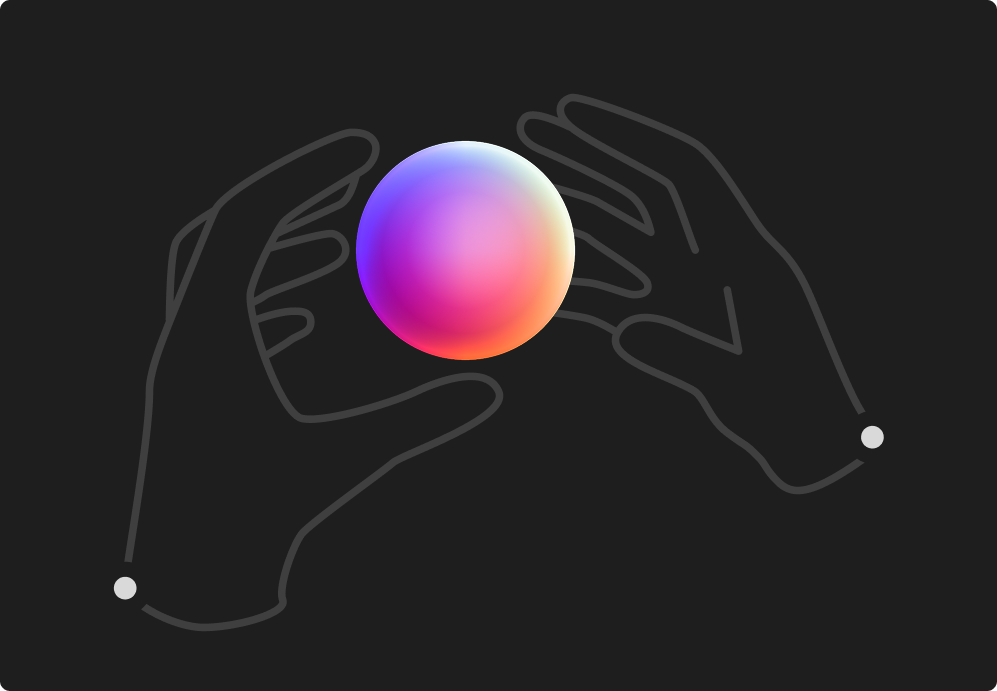
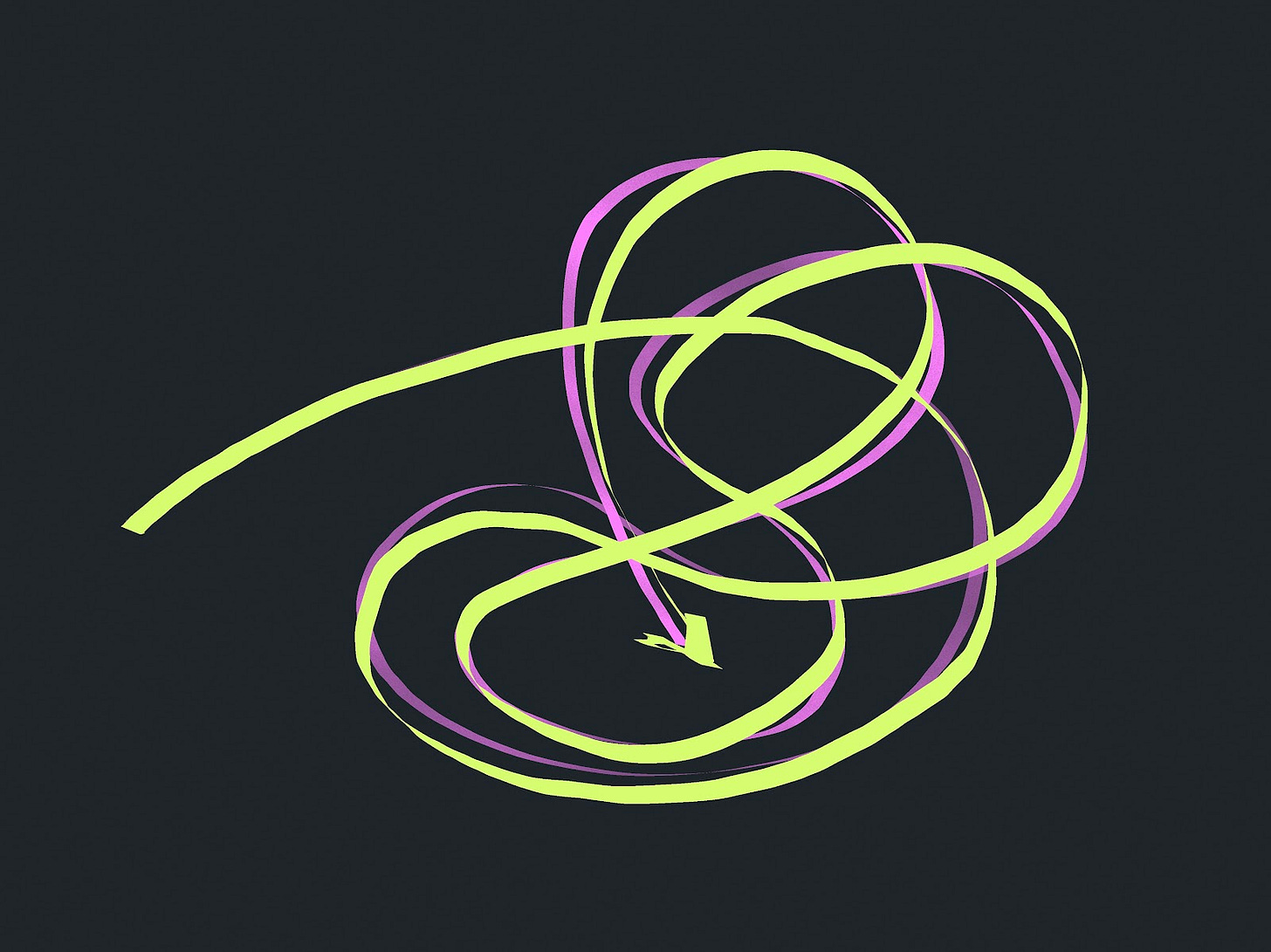
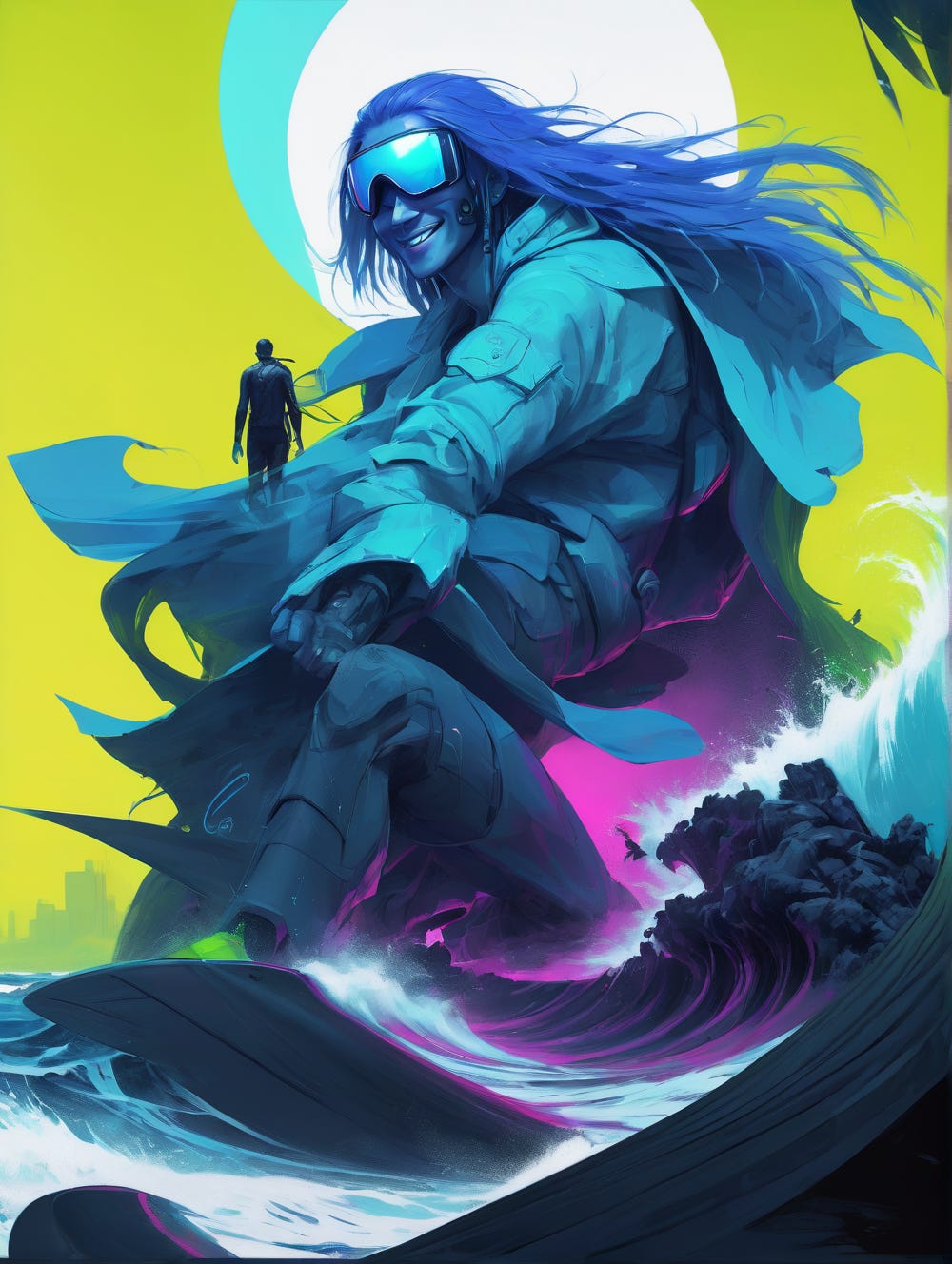
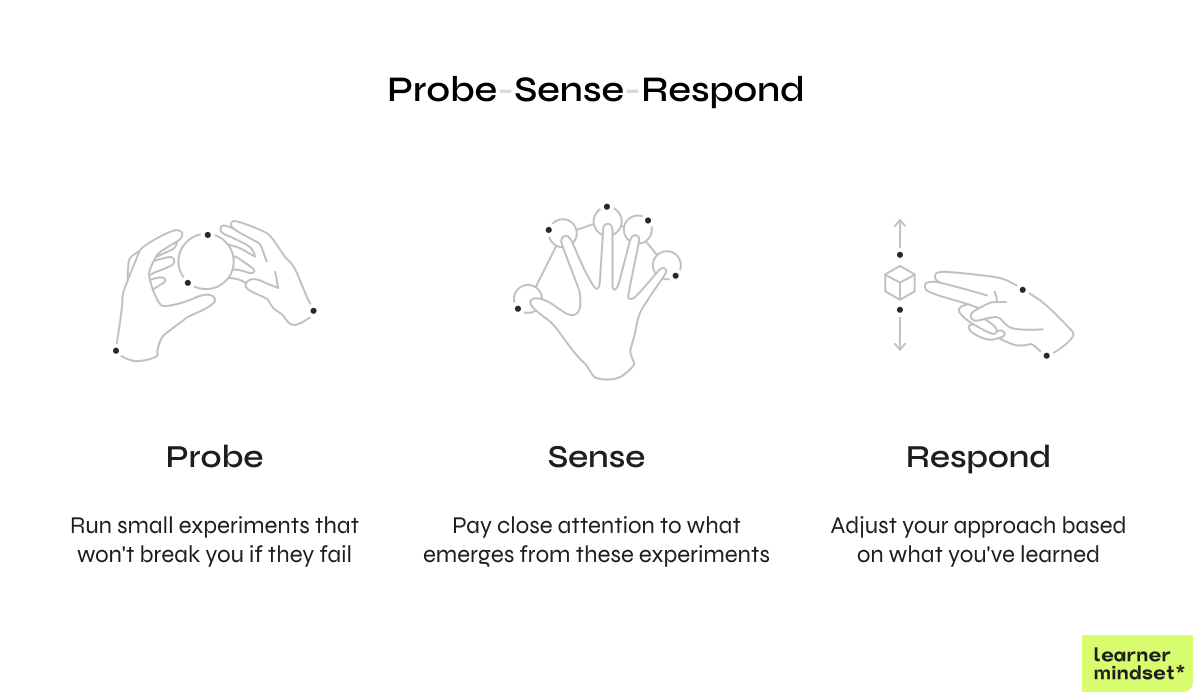
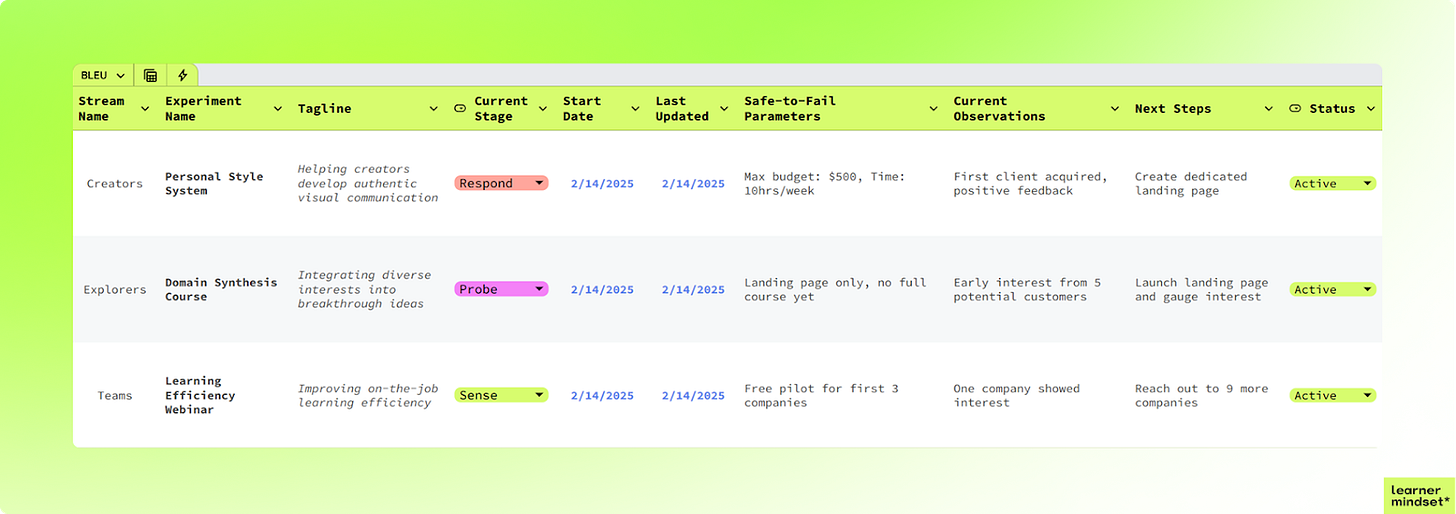
I like the fact that reporting has a basic form of a table. Not fancy, complex frameworks. But a simple table. Let's make simplicity great again :)